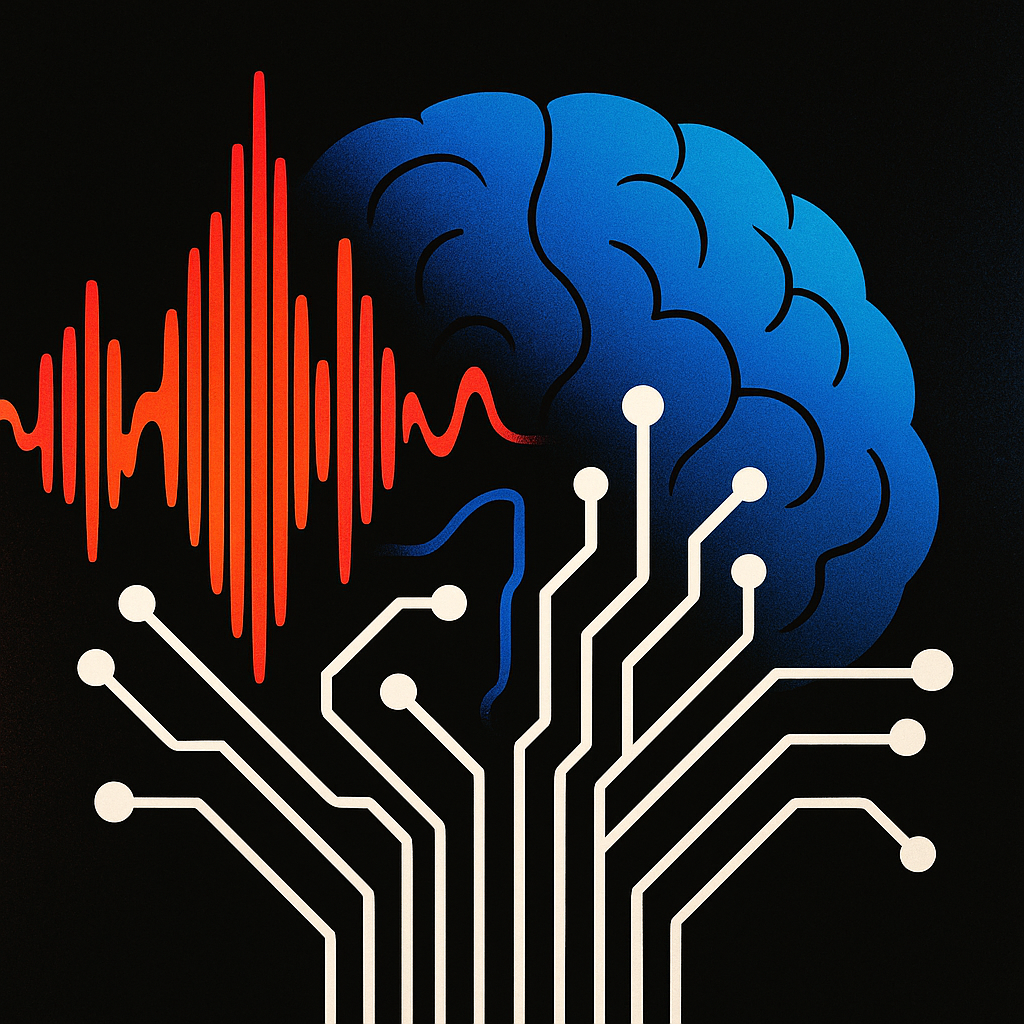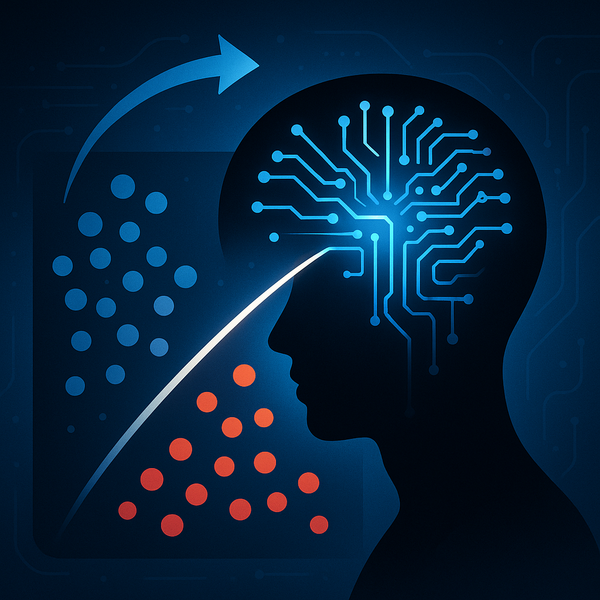Stronger Song IDs for the TikTok Era

Remixes, sped-up clips, and heavy compression make it hard to trace where music on social platforms comes from. This study introduces more robust neural audio fingerprints—compact “IDs” for audio—that can still recognize a song after it’s been distorted.
- Music-first brains: Instead of training from scratch, the model uses pretrained music foundation models (like MuQ and MERT) as its backbone.
- Trained for real-world messiness: Heavy data augmentation teaches the system to handle time-stretching, pitch shifts, compression, and filtering.
- Proven gains: It consistently outperforms leading methods (NAFP, GraFPrint) and can match segments of audio, helping pinpoint where in a track a match occurs.
Why it matters: more reliable song identification supports creators, labels, and platforms with accurate attribution, catalog management, and rights protection—even when audio is altered.
Read: http://arxiv.org/abs/2511.05399v1
Paper: http://arxiv.org/abs/2511.05399v1
Register: https://www.AiFeta.com
AudioAI MusicTech AI Copyright AudioFingerprinting TikTok MachineLearning DigitalMedia




